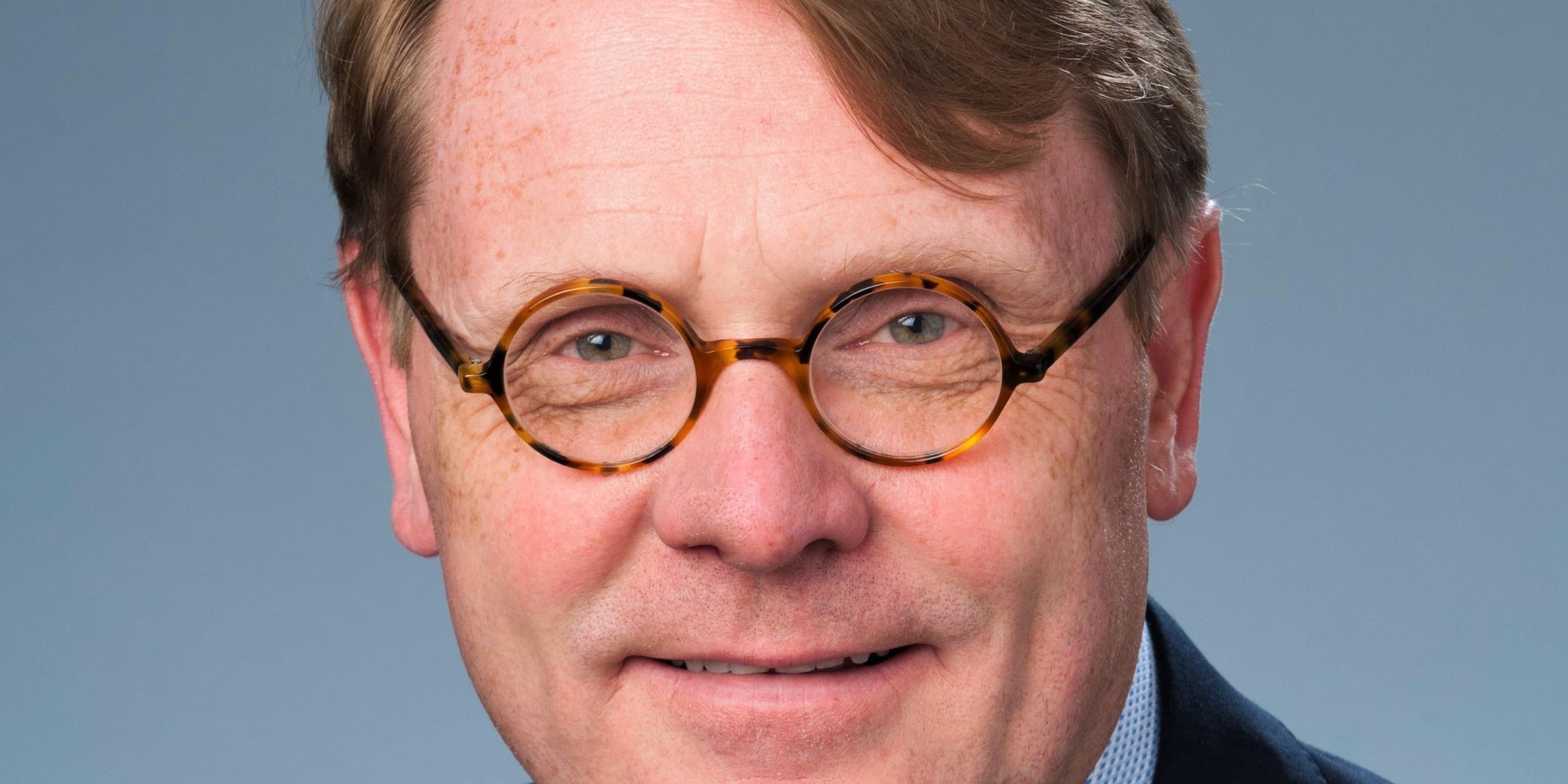It is tempting for traders to stick to one commodity once they have created a successful track record within a market, but is that always the best strategy? HC Insider speaks to Jogchum Brinksma, former Managing Director at Citi and a key player in the establishment of the Citi Global Commodities group, about his experience in working across oil, gas and power, LNG, metals, and agriculture.

Should commodity traders stay committed to one market for the duration of their career or is it wise to branch out of their comfort zone? We ask Jogchum Brinksma for his advice as someone that has, over the past 25 years, built and led global commodity trading teams at Citi, was the founding father of NUON Energy trading and asset management (now Vattenfall) and ran one of the world’s largest oilseeds books with Cargill.
During that time, Brinksma’s trading remit has spanned physical and financial commodities covering oil, LNG, gas, power, emissions, coal, freight, iron ore and agriculture. He has also been involved in principal investments and portfolio management of real assets including agricultural crushing plants, power plants, gas storages, wind farms, oil tank storage parks, iron ore and coal terminals, and shipping portfolios.
Brinksma’s commodities career began in 1994 on Cargill’s oilseeds processing desk in Amsterdam where he was promoted to Head of EU Oilseeds Trading after three years. “Cargill was a fantastic training ground for me,” he said. “I was lucky to have had such diverse exposure from the very start of my commodities trading career. At 25 years old I was running global arbitrage books for physical oilseeds, managing two crushing plants as well as a proprietary trading book spanning physical oilseeds, futures, and options. That was an incredible experience where I was able to learn a huge amount about optionality.”
In the late 1990s, the allure of the energy sector proved too strong to resist and Brinksma left the agricultural market to join Electrabel, where he ran the Dutch power and gas assets and contributed to the setup of their EU energy trading and risk management. It was an exciting time in the energy trading space due to liberalisation in the European energy markets. Enron was expanding aggressively in Europe and it was not just the US and European utilities that were building trading desks – British, French, German, Swiss and Japanese investment banks were all taking part.
During this time, the demand for EU energy traders was at an all-time high while supply was scarce. Some traders from other commodity markets and other asset classes seized opportunities to move into energy trading. “Whenever there is deregulation in any market, that creates huge trading opportunities. Volatility – a trader’s best friend – was high and with the wave of new market entrants came huge liquidity,” Brinksma explained. “We’re witnessing it today in LNG. It was really exciting to be at the forefront of EU energy trading, pioneering new financial and physical contracts.”
Traders that learn how to exploit price dislocations across geographies and different grades of commodities are more likely to transition easily from one commodity to another
Transitioning from ags to energy
When asked if he found the transition from ags trading at Cargill to energy trading at Electrabel and NUON challenging, Brinksma acknowledged that it took him some time to learn and adjust to an entirely different market. “If you trade around an asset then it is a much simpler transition to make from one commodity to another,” he said. “An oil refinery, gas fired power plant or soybean crushing plant are all tools to convert one commodity into another product. The ability to see an asset portfolio as a strip of options to convert is key. It’s universal.”
After a couple of years with Electrabel, Brinksma joined NUON where he was responsible for building the company’s energy trading, origination, and physical asset portfolio from inception through to the sale to Vattenfall. The division consisted of a multi-disciplinary team of 100 people involved in the proprietary trading of the European power, gas, oil, global coal, and global emission markets. The asset portfolio was wide-ranging, including electricity generation plants, natural gas underground storages and oil products tank-storages.
“At NUON we viewed assets as a vehicle to creating optionality,” Brinksma said. “We built gas storage to capture seasonal volatility and intraday price swings. Very few people are aware of this, but we had a huge oil trading business in excess of 225 million barrels per year and physical oil tanks in Amsterdam. Why was a government backed Dutch utility trading physical oil? Because it provided us with information around trade flows. EU gas prices were intrinsically linked to oil so if you knew what was happening in oil you could apply that to gas trading. Ninety-five per cent of the EU gas traders had zero physical oil trading capabilities. This gave us a big advantage in terms of information flow.”
There are clearly recurring themes here that cover all commodity markets, for example arbitrage and optionality. Traders that learn how to exploit price dislocations across geographies and different grades of commodities are more likely to transition easily from one commodity to another. Conversely, flat-price traders that focus on a single commodity may struggle to adapt to a new market.
“Understanding arbitrage opportunities is one of the hallmarks of a successful commodity trader,” Brinksma claimed. “There are constantly changing price differentials across different grades of coal, oil, or iron ore, which present opportunities for a trader to capture P&L. There is optionality within shipping that can be applied to any commodity. I would choose to hire a physical oil or ags trader ahead of a natural gas trader into a physical LNG trading role. There are far more complexities related to geographies, different grades and specs within oil and ags, which provide traders with an excellent training in correlation trading.”
Transferable skills
According to Brinksma, another key transferable skill that a trader can apply to a new market is fundamental analysis. Understanding the value of supply and demand analysis and applying a data driven analytical approach to commodity trading has been instrumental in his success over the years. He said: “At Cargill, NUON, or Citigroup in particular, we were fanatical about collecting large sets of data and designing ways to store and analyse data as efficiently as possible to provide our traders with an edge.”
Brinksma highlighted that some of the most successful hires he made at Citi were quants that were moving into trading roles. He said they typically have a deep understanding of embedded optionality across commodities and can apply that logic to oil, LNG, or coal.
Brinksma advises young commodity traders to immerse themselves in a diverse commodity trading business as early as possible. “Understanding physical trade flows and asset optimisation can give you a different perspective when trading derivatives. Embrace analytics and learn how to build S&D models as early as possible. Stay curious. Having exposure to a wide range of different experiences will help you recognise opportunities early.”
Taking his own advice, for the past few years Brinksma has been investing in young tech firms that are disrupting the commodities industry. While venture capital and commodities trading are very different industries, there are also some parallels. “Managing a trading team is very similar to venture capital,” Brinksma remarked. “Both groups of people are highly entrepreneurial and typically have strong conviction in their ideas. Very often they will be overconfident which can blind them to negative scenarios. My role as a trading manager and angel investor is to challenge their views and prevent mishaps.”
While it is true that there is immense value in having specialist knowledge within one commodity, Brinksma told us that traders often burn out or get bored of focusing on one market. He argues that diversity of experience at an early age has the potential to boost career longevity and enjoyment, and Brinksma’s own professional experience is proof that you can learn new skills at any point in your career.

